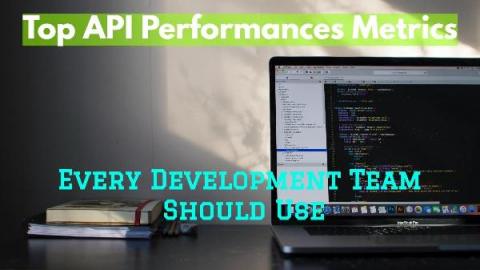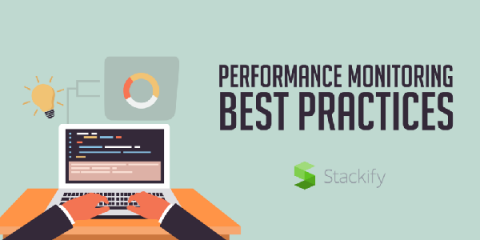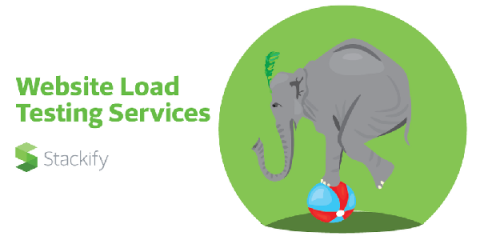Web performance: How to load test
Website owners commonly ask why they need a website performance load tester. Throughout web history, some extremely popular sites have had their fair share of serious downtimes. Either they get massive traffic volumes, or their website simply crashes. Thus, web performance load tester services check the application’s ability to perform under anticipated user loads.






